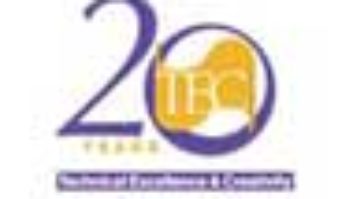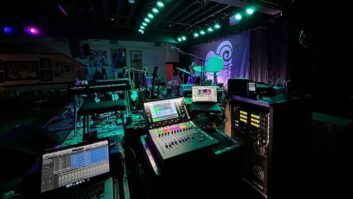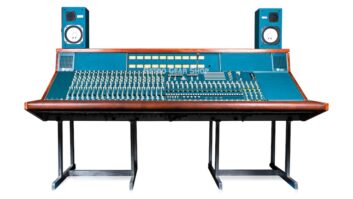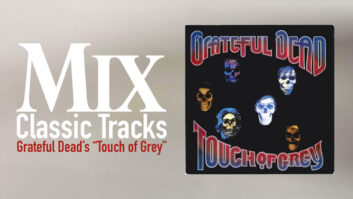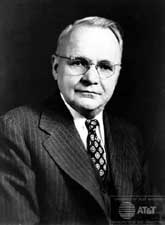
It’s hard to imagine that a man born on February 7, 1889, in the small town of Nilsby, Sweden, would have such an enormous impact on modern digital production. Emigrating to the United States, Harry Nyquist attended the University of Dakota, receiving B.S. and M.S. degrees in Electrical Engineering before completing his studies with a Ph.D. from Yale in 1917. After graduation, he took a job with AT&T, doing research in improving the state of transmitting telegraph picture and voice signals.
But the (digital) world was forever changed in April 1928, when Nyquist published a lengthy paper in the AIEE Transaction. Entitled “Certain Topics in Telegraph Transmission Theory,” this unassumingly named article continued his earlier report about improving the speed of telegraph transmissions, but also proposed the basics of sampling continuous analog signals and converting them to a digital form. One of the tenets of digital audio, this Nyquist Theorem specifies that the highest reproducible frequency in a digital system is equal to or less than one-half of the sampling frequency. In real terms, for a digital system to reproduce the entire frequency range of human hearing—20 to 20,000 Hz—then the system has to sample the incoming signal at two times the highest input frequency, or 40 kHz. This doubled figure is known as the sampling rate or sampling frequency.
In 1934, AT&T’s Department of Development and Research was folded into Bell Telephone Laboratories where Nyquist continued his work in transmission engineering until retiring in 1954. Altogether, he received 138 patents during his tenure with the Bell System. Nyquist died in 1976—just as the digital era was beginning.
